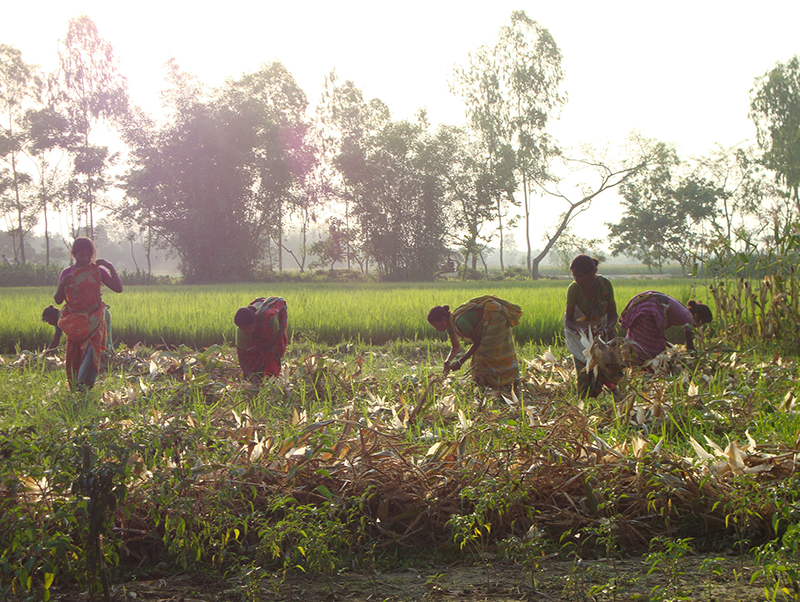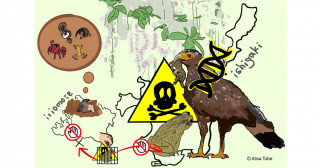Small loans appear to lead to numerous benefits for tenant farmers
In the developing world, access to credit can lead to higher productivity and an increase in living standards, but the ability to have this access is not universal. Formal financial institutions are reluctant to lend to households with low-incomes or which lack collateral.
This is where 'microfinance institutions' -- or MFIs -- play a role.
MFIs extend small loans, called microcredits, to individual households. While standard microloans tend to be geared toward business and entrepreneurial endeavors, in recent years Bangladesh has made a name for itself internationally by providing microcredits to tenant farmers.
Now, in a collaborative study with institutions in the United States and Bangladesh, a team led by Mohammad Abdul Malek -- of Kyoto University's Graduate School of Agriculture and the Research and Evaluation Division of BRAC -- has conducted a study examining the impact of agricultural microcredits on the livelihood of these farmers.
Writing in the American Journal of Agricultural Economics , the researchers analyzed various outcomes of these loans, such as: adoption of high-yield or hybrid rice, overall rice yield, and household income.
"The agricultural microcredit program Borgachashi Unnayan Prakalpa -- BCUP -- began in 2009 with a primary objective of increasing the credit access of tenant farmers to formal financial institutions," explains Malek. "So we conducted two surveys in 2012 and 2014 to see how households receiving this financing changed over time."
The Bangladesh Bank -- the central bank of Bangladesh -- started BCUP with a low-interest revolving fund, as part of its financial inclusion strategy. The average loan amount was equal to the production cost of rice for one hectare of land.
The team's results show that BCUP helped increase rice yield as well as overall crop farm income, and additionally the probability of adopting hybrid and higher yield rice. Further, there appeared to be a somewhat positive effect on the cultivation of owned land and livestock ownership.
"BCUP has had a number of positive effects," continues Malek. "And while we did not find a change in household income, we noticed that the farmers were able to allocate more time to self-employment activities."
While several studies have examined the role of agricultural credit on the livelihood of farm households, this is the first to examine the impact of a program designed specifically to increase the financial inclusion -- in the broader economy -- of tenant farmers.
The team hopes to continue their inquiry into the effects of microcredits in order to better inform future policy decisions, while acknowledging that other interventions, in combination with microcredit, may be necessary if the program is to be scaled up in Bangladesh or elsewhere in Asia.

While no significant change in household income was seen, farmers were able to allocate more time to self-employment activities (Kyoto University/Malek Mohammad Abdul)
Paper information
【DOI】 https://doi.org/10.1093/ajae/aay070
Marup Hossain, MohammadAbdul Malek, Md Amzad Hossain, Md Hasib Reza, Md Shakil Ahmed (2018). Agricultural Microcredit for Tenant Farmers: Evidence from a Field Experiment in Bangladesh. American Journal of Agricultural Economics, 101(3), 692-709.





